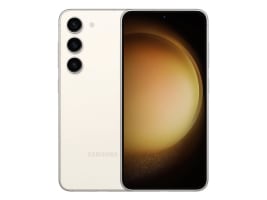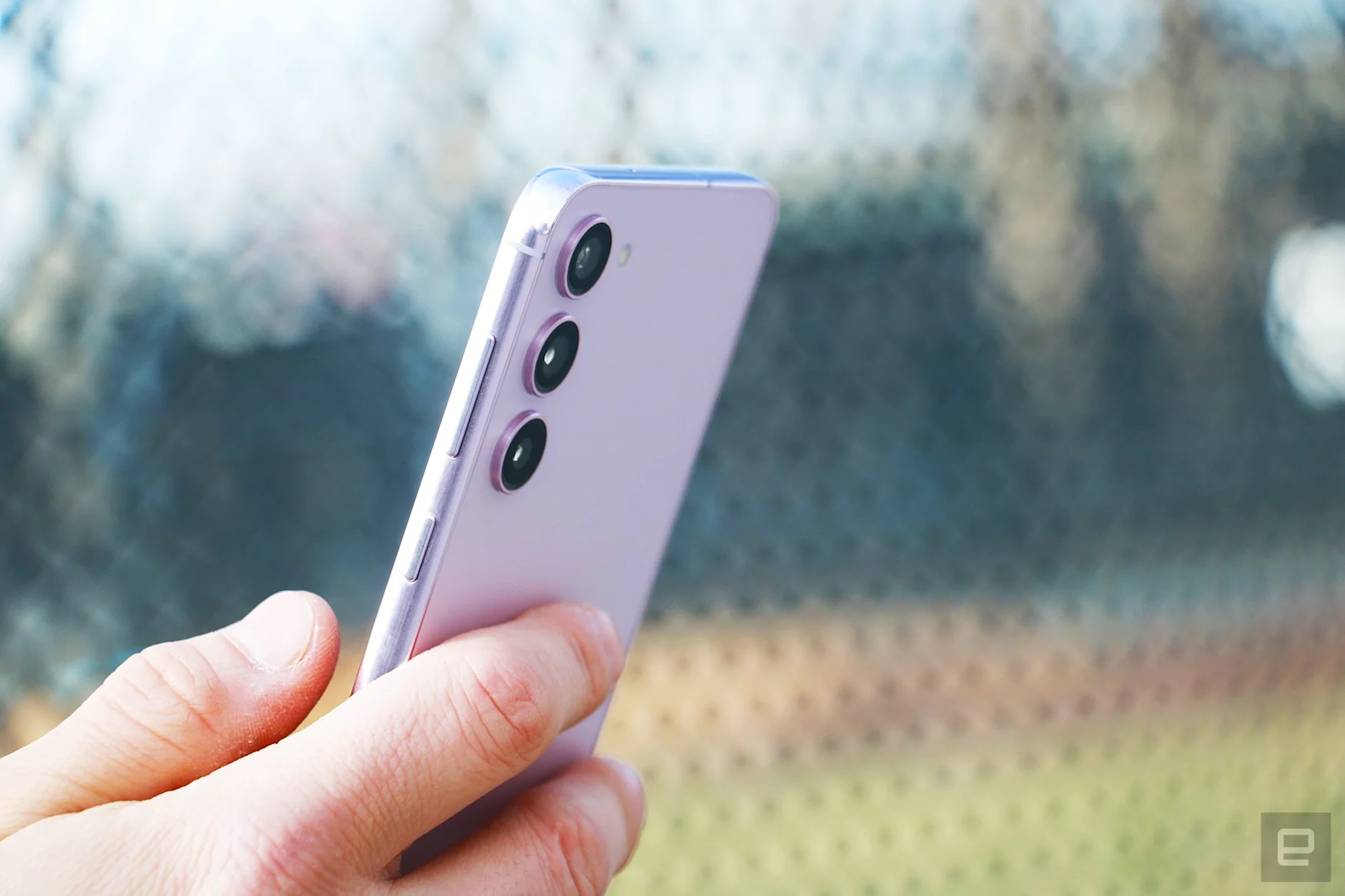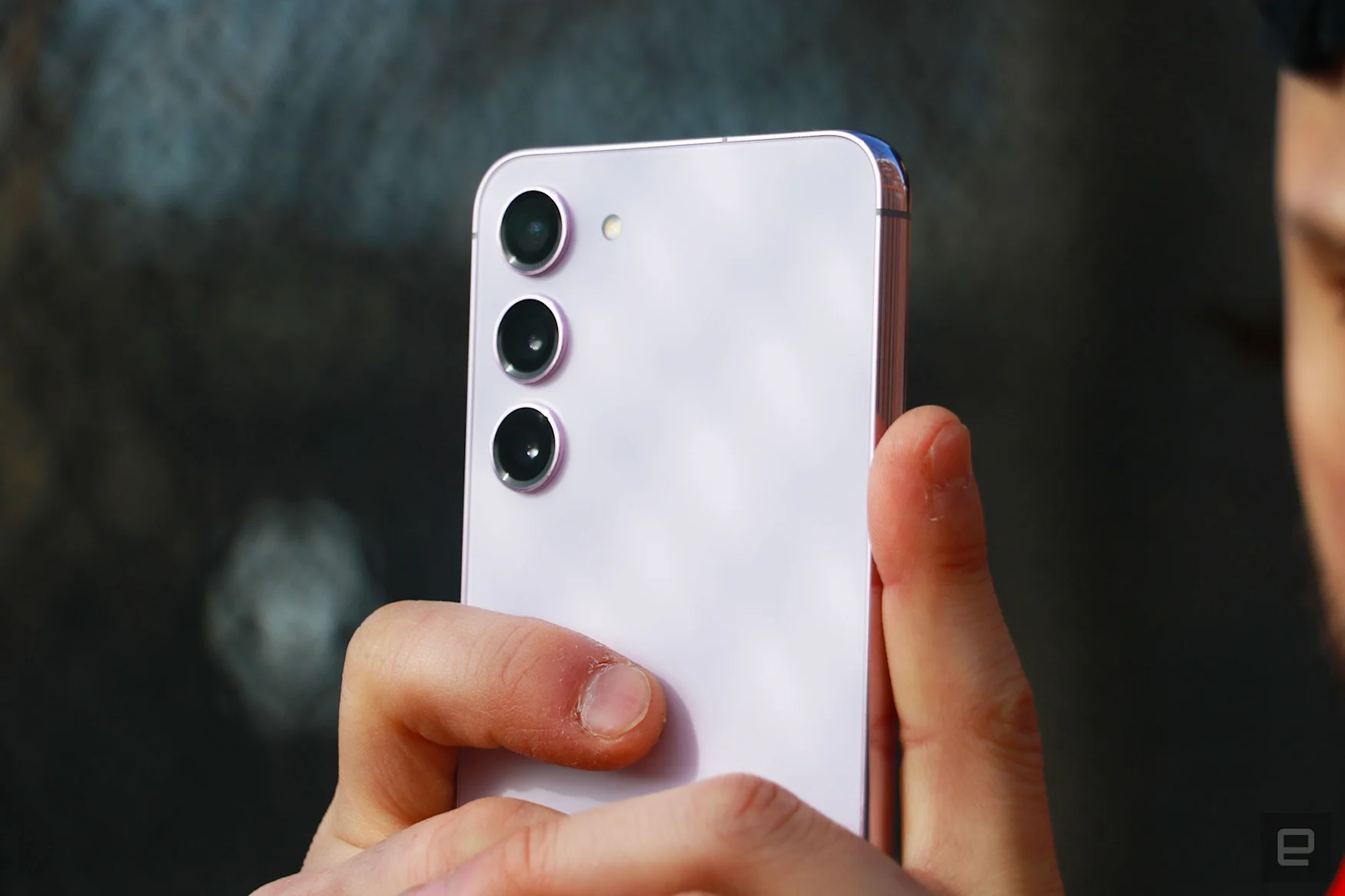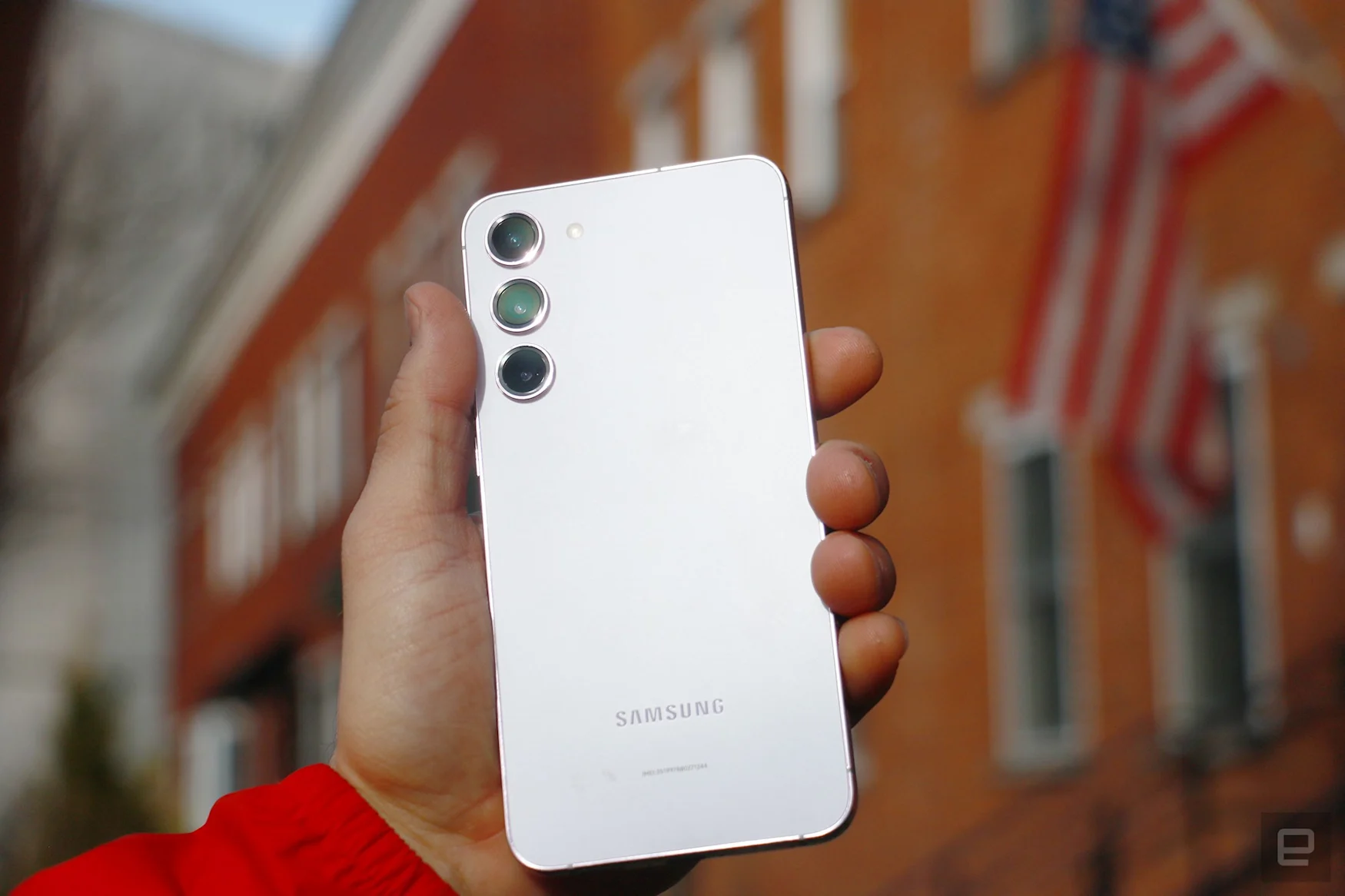
Despite what companies would like you to believe, you don’t need to get a new phone every year or two. So while Samsung’s 2023 lineup of its Galaxy S flagship phones may seem underwhelming when compared to the last generation, it’s not a bad thing that these devices offer little reason to upgrade. It’s just that after having said the same thing about the 2022 models, as well as competing phones from Apple and Google, it feels hard to be excited about non-folding smartphones anymore.
Like most of the competition, Samsung has focused on tweaking the S23 series’ camera and software features, alongside small adjustments to display and design. We’ve also got the typical processor upgrade and promised battery life improvements, which are objectively good things on paper, but in reality don’t impact your daily use that much.
Samsung Galaxy S23+

Pros
- Great battery life
- Vibrant display
- Zippy performance
Cons
- Rear cameras struggle in low light compared to other flagships
We’ve already reviewed the S23 Ultra which, thanks to a large screen, onboard S-Pen and 200-megapixel camera, is aggressively targeted at power users. For everyone else looking to get a new Android phone, there’s the S23+ or the S23. Samsung hasn’t made the smallest model available to review yet, so we’re focusing on the Plus model here. If you’re considering Samsung’s middle child, it’s probably only worth it if you’re currently using something at least three years old or if you’re outside the US.
Design
One of the most noticeable changes between the S23+ and its predecessor is this year’s cleaned up appearance. The two phones are basically the same, save for the shiny camera housing on the back of the older model, wrapping around the top left corner. Samsung introduced this “contour cut” housing on the S21, and I grew to like the aesthetic, especially on the lavender and pink versions.
Looking at the S22+ and S23+ side by side, I’m ambivalent – they’re both inoffensive. Whether you prefer the cleaner look depends on your personal taste. Functionally, nothing is too different between the two designs — the S23+ wobbles slightly less, but that was never a huge deal on the S22. I liked the lavender color of our review unit, as well as the green version I saw at Samsung’s hands-on event, but the cream and black options bore me.
In terms of physical dimensions, the differences between the two generations are negligible. They’re practically the same weight, width and length and exactly the same thickness. The S23+ is slimmer and lighter than the Pixel 7 Pro and iPhone 14 Plus, though those two have larger displays.
Display and audio
Speaking of, one area that Samsung did somewhat improve on the S23+ is its screen. Yes, it’s mostly the same as before, with the same size, same FHD+ resolution and an up to 120Hz refresh rate. By now you probably have heard reviewers like myself extol the virtues of screens with high refresh rates and how great they are for scrolling your Instagram or Reddit feeds. The S23+ is no exception.

But it’s now capable of hitting up to 1,750 nits when outdoors compared to 1,200 nits before, meaning it should be easier to read in sunlight. There haven’t been many sunny days recently, so it’s been hard to put this to the test. But, the S23+ still offers a vibrant, colorful screen as is typical for Samsung’s mobile products.
Meanwhile, when it comes to audio, the Galaxy S23+ is as good as any flagship smartphone. That is to say it offers clear vocals and ample volume, but is slightly lacking in bass. Voices of The Weeknd, SZA and Rihanna all sounded clear in the songs that I listened to, though the instruments in the latter’s cover of Love On The Brain sounded a little messy.
Cameras
The triple rear camera system on the S23+ is the same as before. That is to say, its main 50-megapixel sensor is accompanied by a 10MP telephoto and a 12MP ultrawide. Up front, though, the S23+ has a new 12MP sensor with an f/2.2 aperture and 80-degree field of view.

As a professional pixel peeper (™), I could make out just the slightest difference in sharpness between selfies taken with the S22+ and S23+, specifically in the highlighted strands of my hair. There was some distortion in the pictures taken with the older phone, whereas the same lines were tack sharp on the 12MP version. Overall, though, barring some general color temperature variations, it was hard to tell the two images apart.
Compared to the Pixel 7 Pro and the iPhone 14 Pro, the S23+ has a slight advantage in retaining detail, thanks to its dual-pixel autofocus as well. I shot some selfies with a friend as we were cackling maniacally one night, and Samsung’s flagship was the only one that retained the gorgeous greens, purples and blues in her hair, while capturing every individual strand of her eyelashes. You could even see the texture of the pigmentation in her purple eyeshadow.
The Pixel’s 10.8MP front camera managed to capture the hues in her hair too, but its picture simply wasn’t as detailed or clear. Meanwhile, the iPhone’s 12MP photo barely showed any of the colors in my friend’s tresses.
Though they remain unchanged, the S23+’s rear cameras are still pretty capable. In most situations with adequate light, they deliver pictures that are similar in quality to the Pixel 7 Pro and iPhone 14 Pro. My shots of the New York cityscape one overcast day all showed slightly different coloring. The S23+ had the deepest, brightest blue, while the Pixel was the most neutral. Samsung’s 3x telephoto lens let me get the closest to faraway buildings and still get crisp pics, though Google’s algorithms still made for clean results.
Gallery: Galaxy S23+ camera samples | 18 Photos
Gallery: Galaxy S23+ camera samples | 18 Photos
In low light, however, the Pixel consistently outdid the S23+, with better exposure and retention of clarity in my numerous shots of mouth-watering food. Whether it’s a shiny fried shrimp or a plate of tantalizing scallops, the Pixel delivered more even highlights than the S23+. Google’s portrait mode also consistently kept subjects in focus, although every now and then the S23+ would produce a photo with surprisingly accurate outlines of my subjects.
While it’s not at the same level as Google’s or Apple’s flagship cameras, the S23+ isn’t lagging far behind and offers some versatility for those looking to take shots from a distance.
Performance and battery life
This year marks the first time Samsung is using a Snapdragon processor in all variants of the Galaxy S series, regardless of where they’re bought. That means if you were relegated to using a version with Samsung’s own Exynos chip in the past, getting an S23 would be a bigger upgrade for you than someone in the US. Exynos models have been criticized for performance and battery life drawbacks compared to their Snapdragon counterparts, so trading your S22 in for an S23 would make more sense in Europe or Asia than in the US.
The S23 series is powered by the Snapdragon 8 Gen 2 for Galaxy, which is a customized version of Qualcomm’s top-of-the-line mobile processor. It has slightly higher clock speeds than the regular edition, so if this is the only deciding factor for you when choosing between a Galaxy and, say, a OnePlus, then know that this difference is extremely slight.

In daily use, the S23+ felt as zippy as any of the new phones I’ve tested lately. Whether I’m dragging and dropping my face between apps, learning Japanese on “Hey Japan,” mindlessly scrolling on Instagram or trying to get into Genshin: Impact, the S23+ never hiccuped. I generally expect pretty smooth performance out of new phones like this, so I can’t say I’m especially impressed, and it’s probably more realistic to evaluate performance after a few months with the phone.
I can, however, talk about how impressive the battery life has been. In general the S23+ has matched the Pixel 7 Pro that I also carried around while testing their cameras, and both devices stuck around for longer than two days without a charge. Granted, I wasn’t heavily using either during that time, mostly whipping them out to take photos and videos throughout the day.
On our video rundown battery test, the S23+ clocked a whopping 25 hours, which beats pretty much every phone we tested in 2022, as well as the Galaxy S23 Ultra and OnePlus 11.
Wrap-up
It might feel like nitpicking, but with so few meaningful changes, the S23+ doesn’t feel like it’s worth upgrading to if you’re using an S22 or S21. That is, at least, if you’re in the US. Those who are living with an Exynos version of an older Galaxy flagship will likely find a greater improvement in performance and battery life, making it a more worthy upgrade.
But just because the S23+ isn’t chock full of surprises and updates doesn’t mean it’s not a good phone. It still ranks up there as one of the best Android phones around. Samsung has consistently delivered capable phones with thoughtful software and features in the last few years and with the S23+, it continues to be a serious contender for those looking for an excellent Android phone.
Author: 86
Source: Engadget













